

Top 50 Fun Food Science Experiments
Welcome to our carefully curated compilation of the top 50 food science experiments especially created for curious students and budding young scientists.
Are you ready to embark on a mouth-watering journey where science meets deliciousness? We’ve handpicked a collection of fascinating experiments that will tickle your taste buds and ignite your curiosity.
Edible Food Science Experiments
Edible food science experiments offer a delicious and engaging way for students and teachers to explore scientific principles in a hands-on and memorable manner.
By combining the fascinating world of food with the principles of chemistry, biology, and physics, these experiments provide a unique avenue for learning.
1. Magical Color Changing Unicorn Noodles
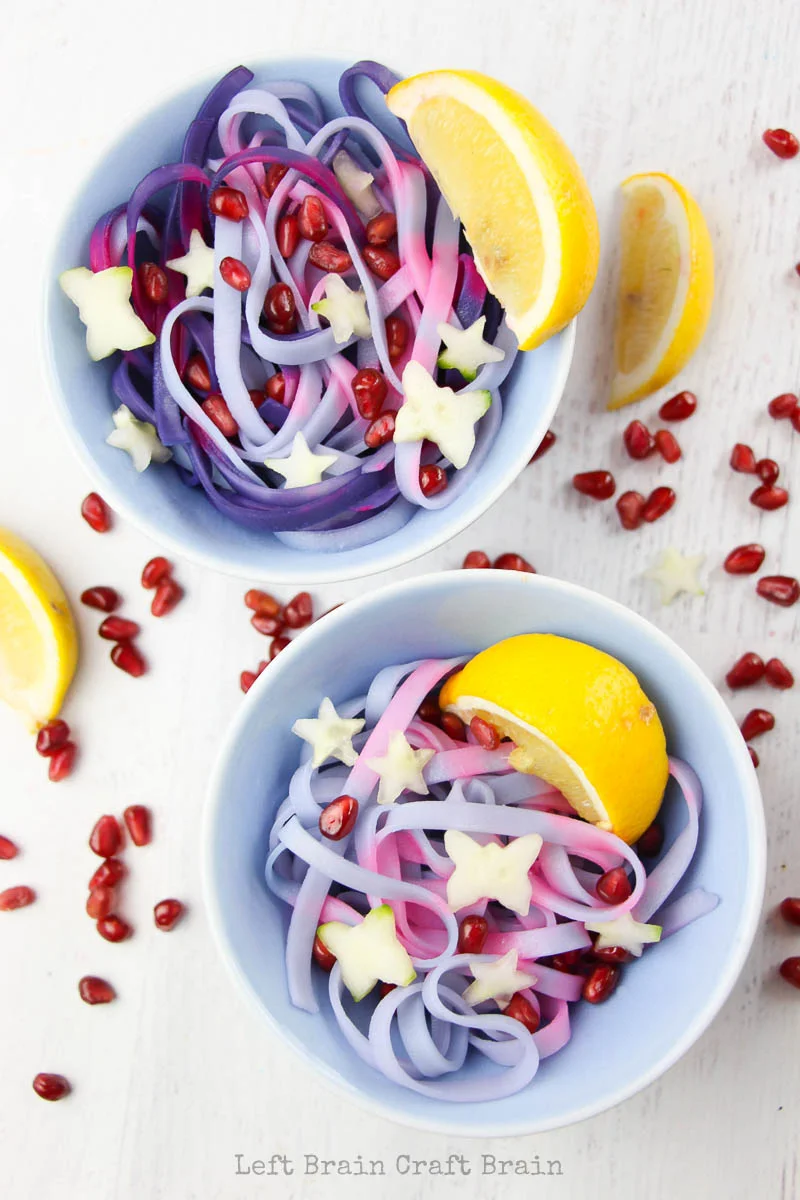
Get ready to enter a world of whimsy and enchantment with this captivating food science experiment: “Magical Color Changing Unicorn Noodles!”.
Learn more: Magical Color-Changing Unicorn Noodles
2. Glow in the Dark Jello
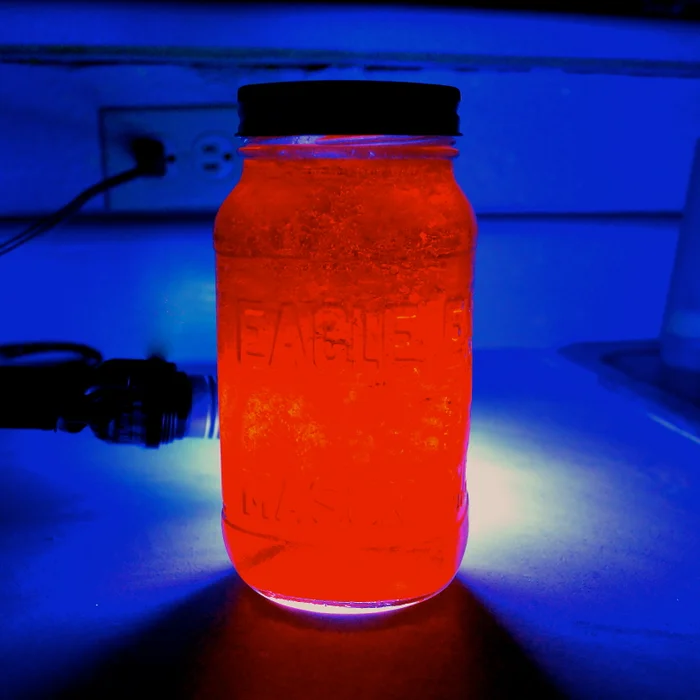
Prepare to be amazed and mesmerized by the enchanting world of “Glow in the Dark Jello!” Calling all curious minds and lovers of luminescence, this food science experiment will take you on a journey into the realm of bioluminescence and chemistry.
Learn more: Glow in the Dark Jello
3. DIY Soil Layers
Get ready to dig deep into the fascinating world of soil science with this captivating food science experiment: “DIY Soil Layers.”
This hands-on project will take you on a journey of exploration as you unravel the intricate layers that make up the foundation of our planet’s biodiversity.
4. Solar Oven
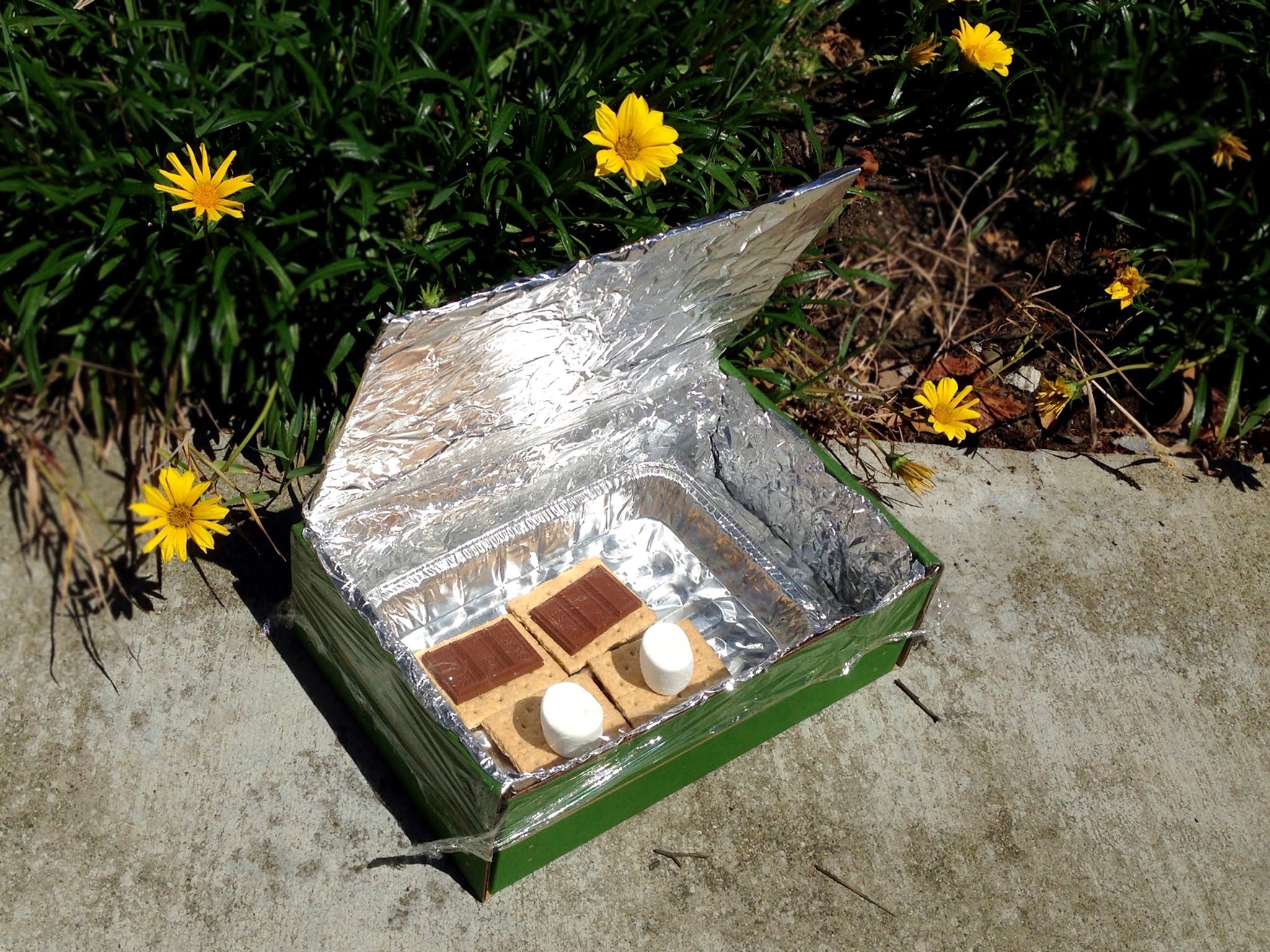
By building and using a solar oven, students will unlock the secrets of heat transfer, insulation, and sustainability. Witness the incredible transformation of sunlight into cooking power as you prepare delicious snacks with the sun’s energy.
Learn more: Solar Oven ]
5. Oreo Moon phase
This experiment not only offers a delightful treat for your taste buds but also introduces you to the fascinating study of astronomy and celestial phenomena.
6. Lava Toffee
Get ready to ignite your taste buds and witness a molten spectacle with this thrilling food science experiment: “Lava Toffee!”.
Calling all daring confectionery explorers and lovers of sweet surprises, this hands-on experience offers a fusion of culinary creativity and scientific discovery.
7. Fizzy Lemonade
This experiment is your ticket to becoming a beverage alchemist as you explore the science behind creating the ultimate fizzy lemonade.
8. DIY Home-made Ice Cream in a Bag
“Homemade DIY Ice Cream in a Bag!” Calling all students with a passion for dessert and a curiosity for science, this is an experiment you won’t want to miss.
9. Turn Milk into Cheese
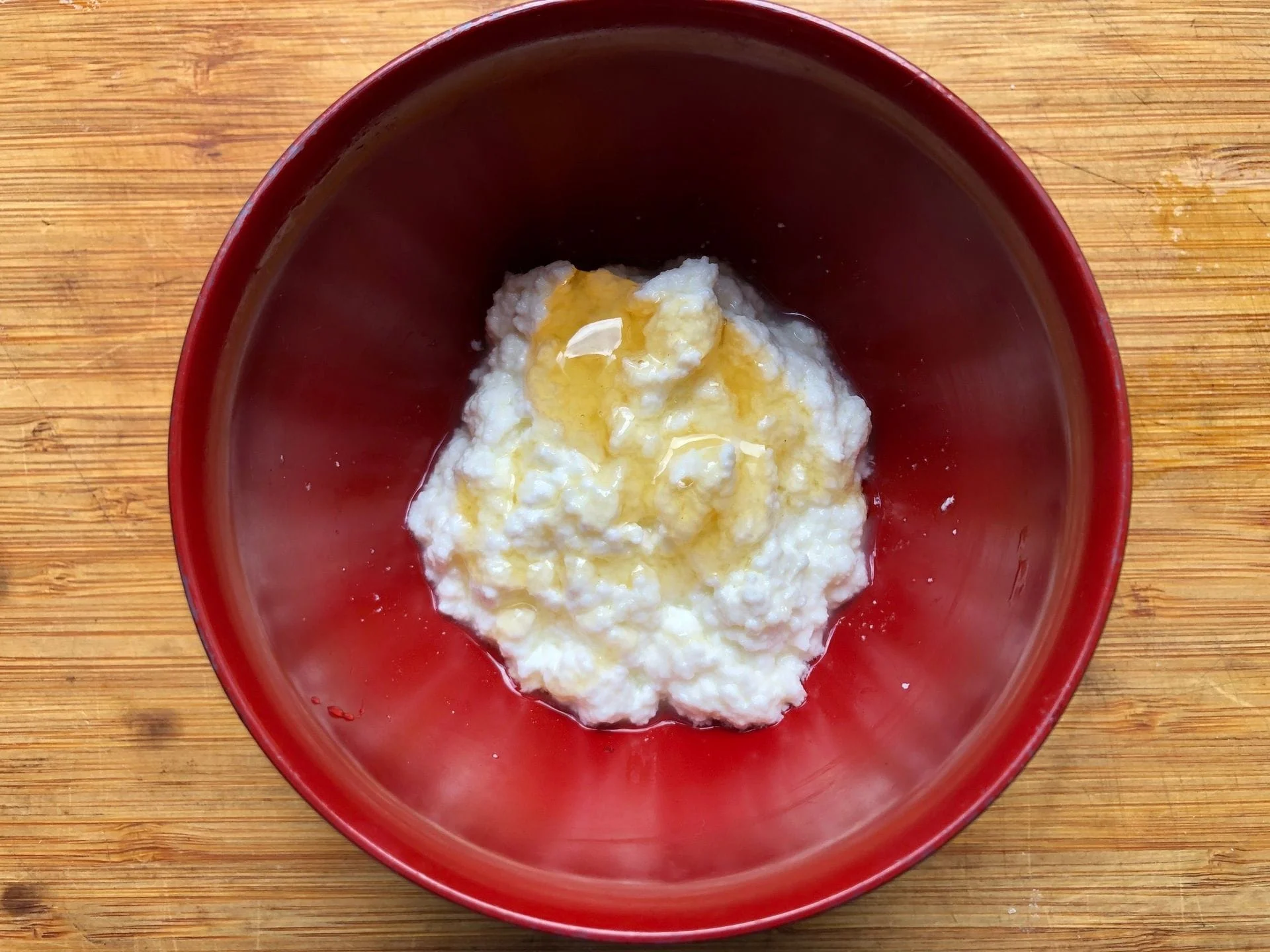
“Turn Milk into Cheese!” If you’ve ever wondered how that creamy goodness makes its way from the farm to your plate, this is your chance to unlock the secrets of cheese making.
Learn more: Turn Milk into Cheese
10. Bread in a Bag
This experiment not only allows you to explore the science behind bread fermentation and yeast activation but also provides an opportunity to develop essential kitchen skills and creativity.
11. Edible Water Bottle
This experiment not only provides a practical solution to the global plastic pollution problem but also introduces you to the principles of food science and sustainable packaging.
12. Home-made Butter
Prepare to be amazed as you transform a simple ingredient into a creamy, spreadable delight right in the comfort of your own kitchen.
By participating in this experiment, students will not only discover the mesmerizing process of butter making, but also gain a deeper understanding of the science behind it.
13. Rock Candy Geodes
This experiment offers a delectable treat for your taste buds and introduces you to the fascinating world of minerals and crystal formation.
14. Make a Fizzy Sherbet
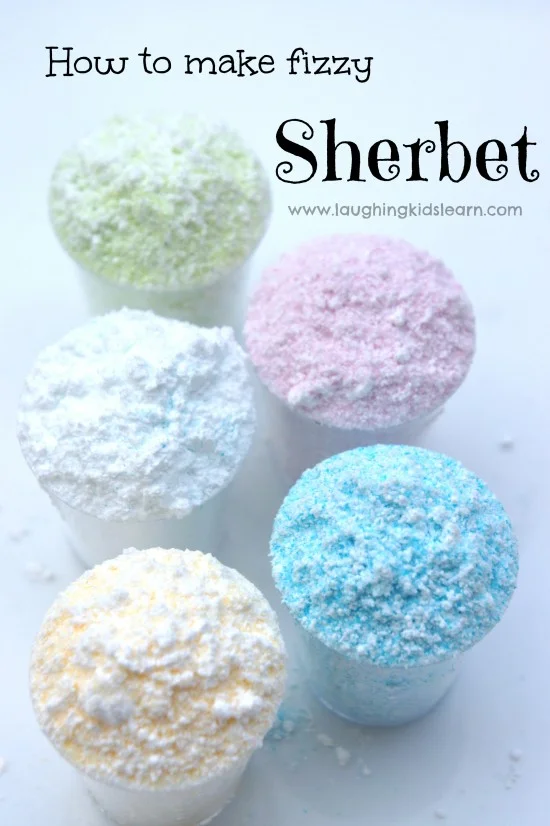
Get ready for a fizzy and flavorful explosion with this exciting food science experiment: “Fizzy Sherbet!” Calling all taste adventurers and fizz enthusiasts, this experiment is sure to tickle your taste buds and ignite your curiosity.
Learn more: Make a Fizzy Sherbet
15. Meringue Towers
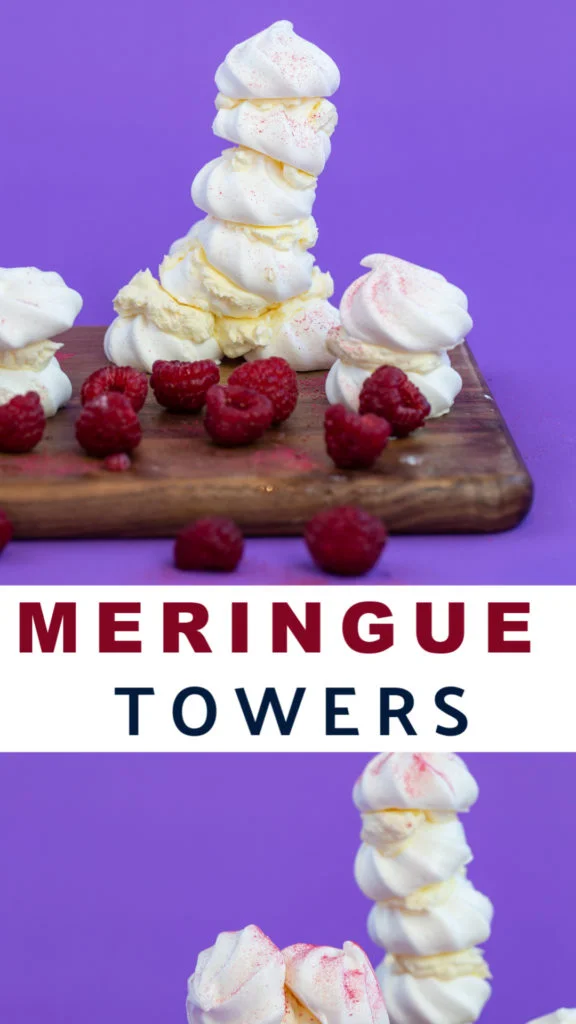
This experiment not only allows you to explore the science behind meringue’s unique texture and stability but also provides an opportunity to develop your creativity and precision in the kitchen.
Learn more: Meringue Towers
16. Mug Cake
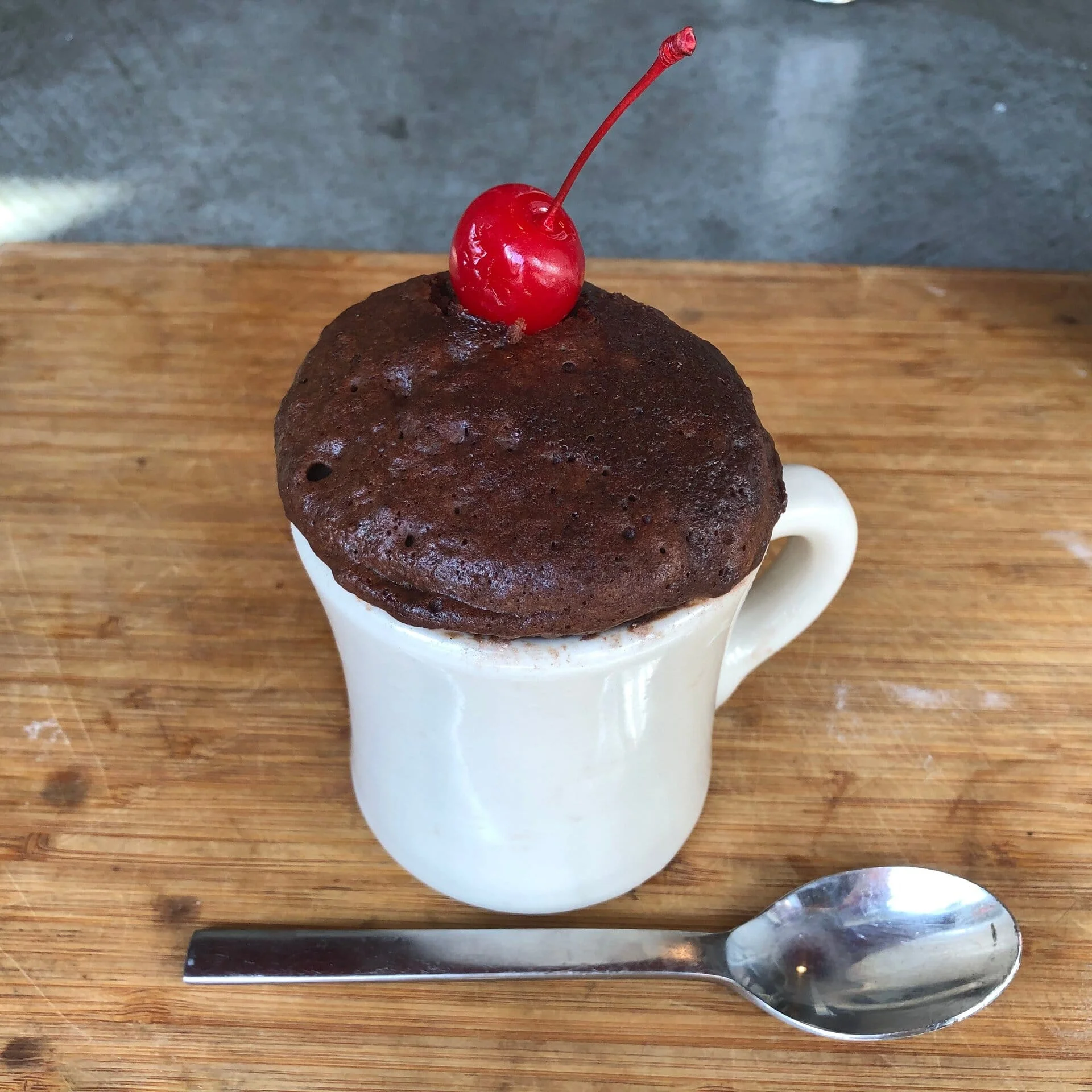
Students, this is your chance to dive into the fascinating world of culinary chemistry as you explore the principles of ingredient ratios, microwave heat transfer, and the science behind cake rising.
Learn more: Magic Mug Cake
17. Apple Experiment
This experiment not only stimulates your senses but also encourages critical thinking, data analysis, and creativity. So, grab your lab coats, sharpen your taste buds, and let the apple experiment take you on a journey of scientific discovery.
18. Grape Molecule
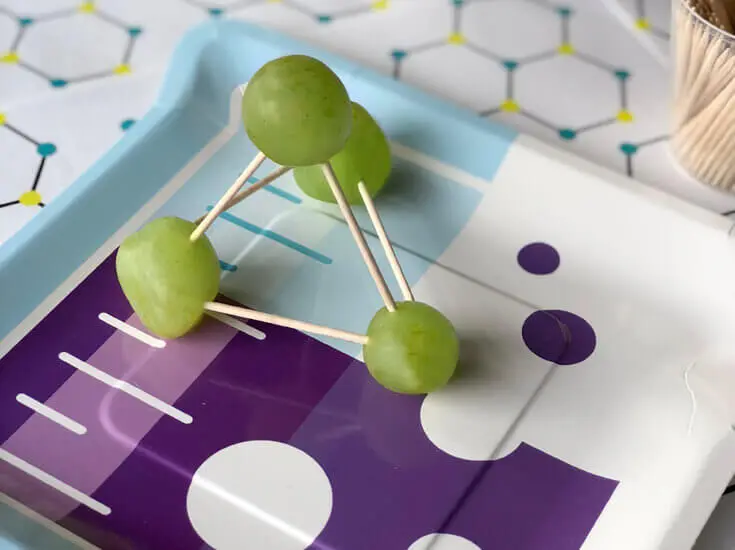
This hands-on experience not only allows you to engage with the principles of chemistry and molecular structure but also stimulates your creativity as you craft your own grape molecule masterpiece.
Learn more: Grape Molecule
19. Kitchen Chemistry
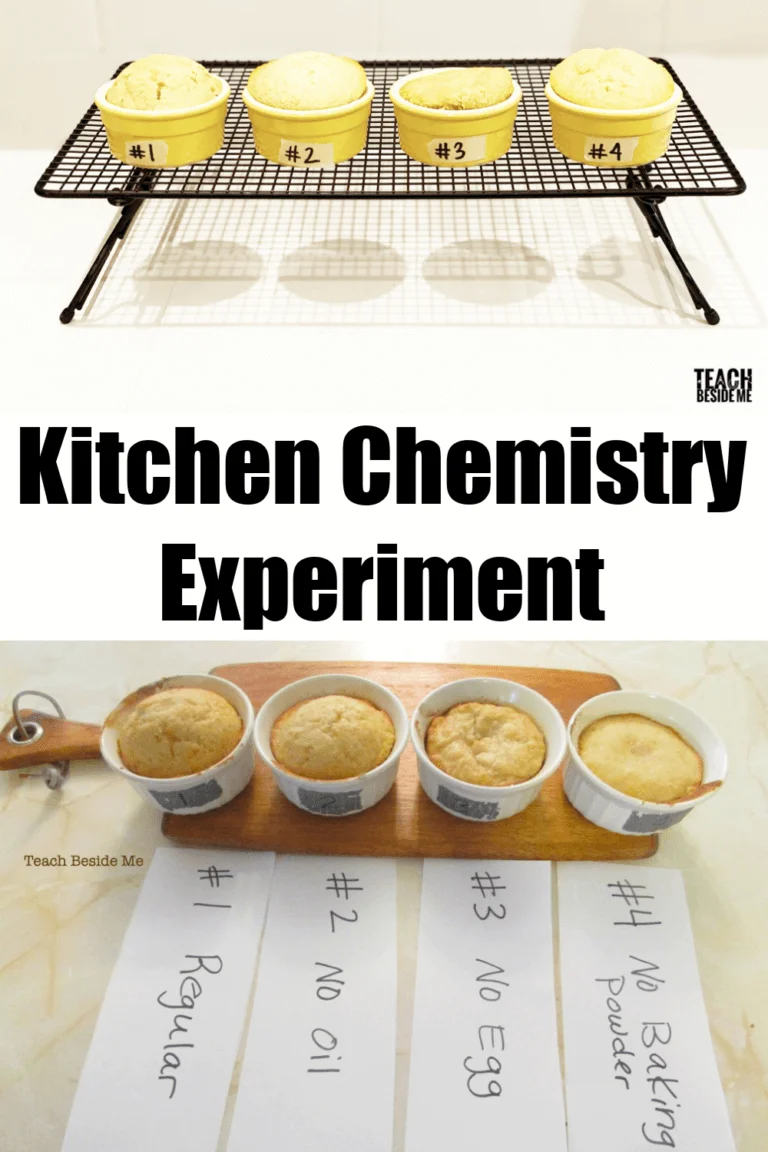
Get ready to mix, bake, and discover the magic of chemistry in the kitchen with this exciting The Kitchen Chemistry Cake Experiment!.
Calling all aspiring bakers and science enthusiasts, this hands-on experience offers a delectable blend of culinary art and scientific exploration.
Learn more: Cake Experiment
20. Sugar on Snow
This experiment not only offers a delicious sensory experience but also teaches you about the principles of heat transfer and phase changes.
21. Fibonacci Lemonade
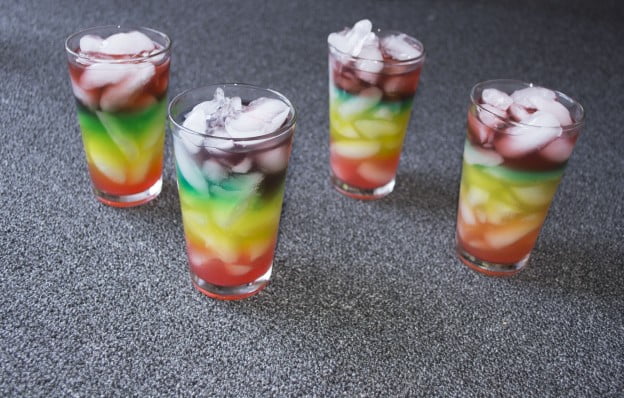
As you pour and observe the layers of the Fibonacci Lemonade forming, you’ll gain a deeper appreciation for the harmonious relationship between science and art.
Learn more: Fibonacci Lemonade
22. Edible Glass
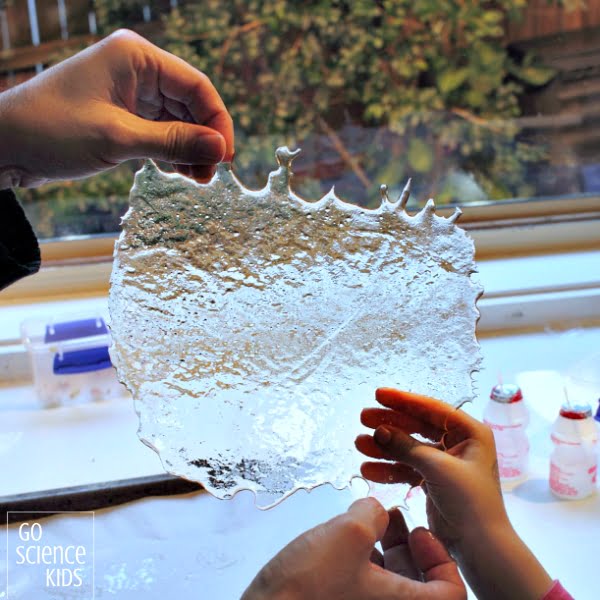
By combining simple ingredients and a touch of creativity, you’ll transform ordinary kitchen materials into a stunning and edible glass-like creation.
Learn more: Edible Glass
23. Edible Igneous Rocks Experiment
As you shape and mold the ingredients into rock-like structures, you’ll gain a deeper understanding of the volcanic processes that shape our planet. So, grab your materials, don your lab coat, and let’s embark on this delectable geological adventure.
Non-Edible Food Science Experiments
Prepare for a non-edible food science adventure that will ignite your curiosity and challenge your scientific prowess! These experiments will unlock the secrets of chemical reactions, physical properties, and the wonders of scientific exploration.
24. Magnetic Cereal
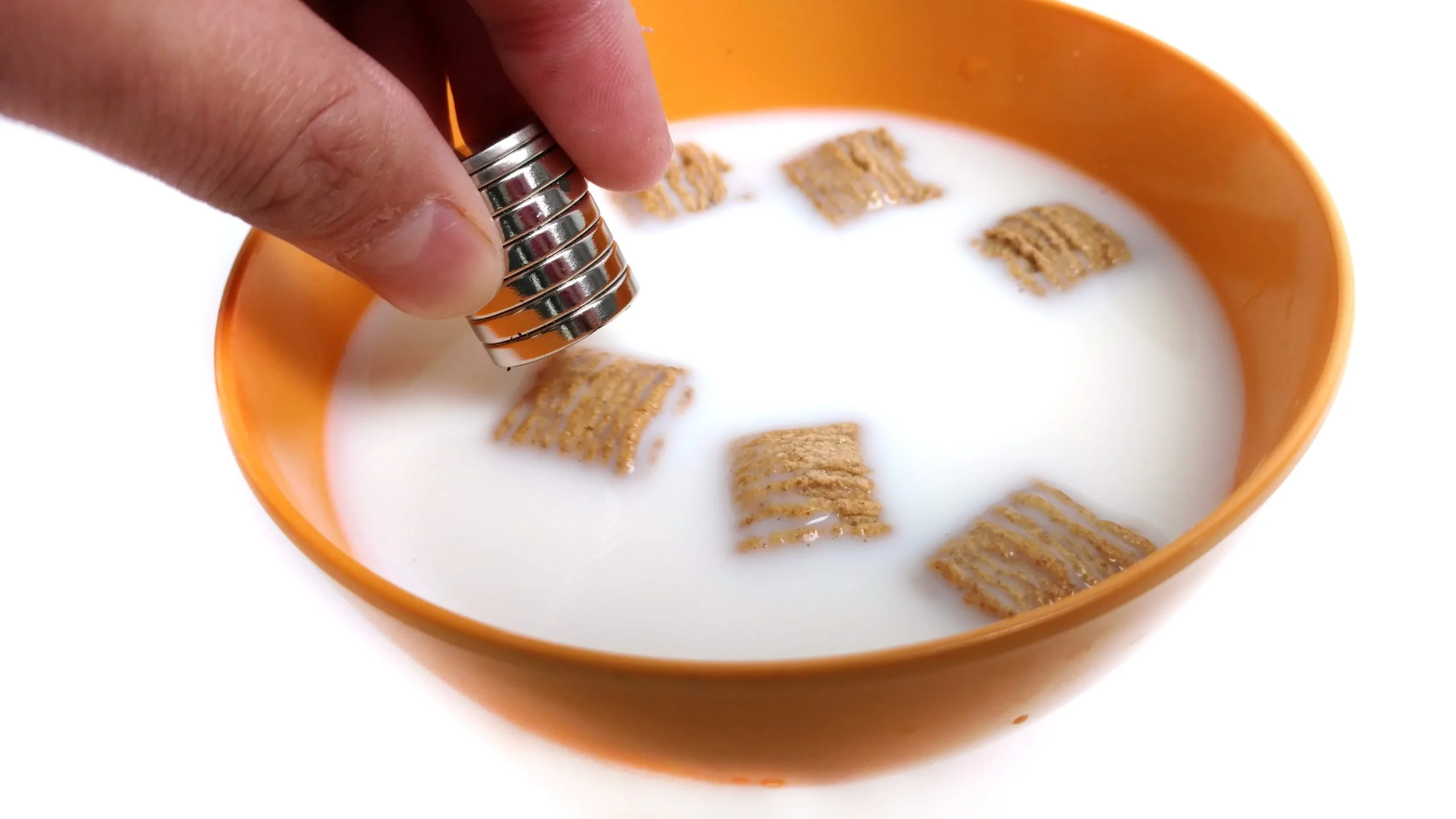
Prepare to be magnetized by the captivating world of “Magnetic Cereal!” This fascinating food science experiment will take you on a journey of discovery as you explore the hidden magnetic properties of your favorite breakfast cereal.
Learn more: Magnetic Cereal
25. Lemon and Battery
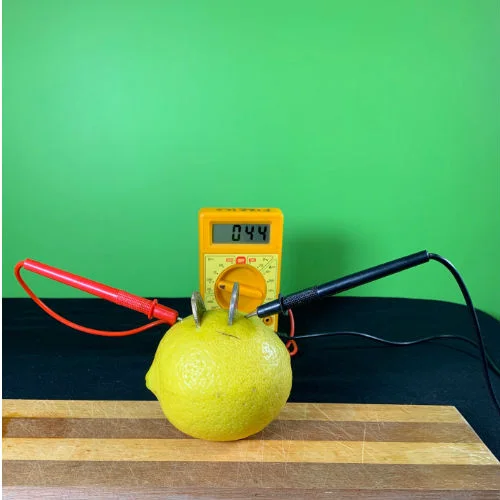
As you observe the lemon-powered circuit in action, you’ll gain a deeper understanding of the science behind electrical conductivity and the role of acids in generating power.
Learn more: Lemon and Battery
26. Milk Swirl Experiment
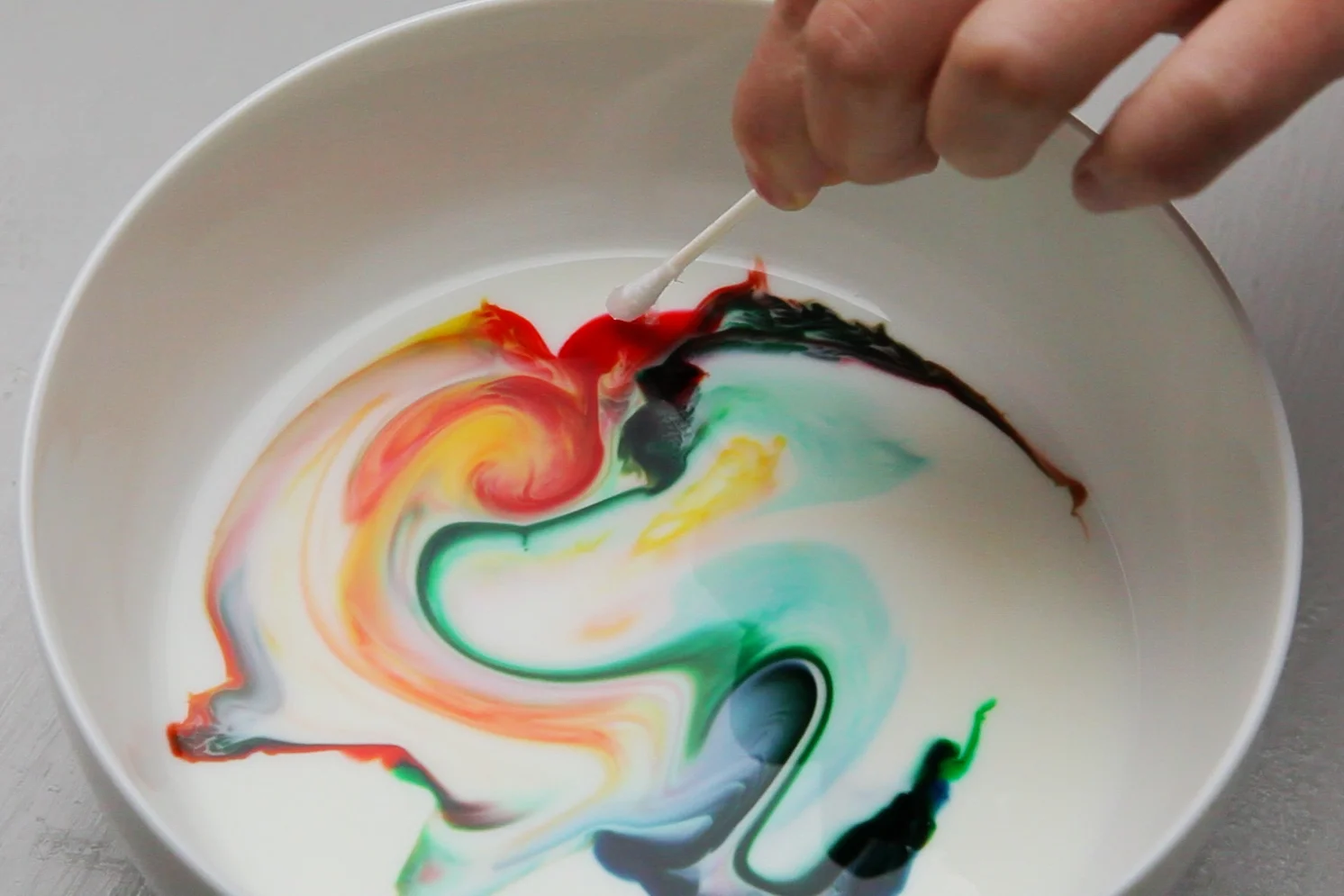
Prepare to be mesmerized by the enchanting “Milk Swirl Experiment.” This captivating food science exploration will take you on a journey through the mysterious world of surface tension and molecular movement.
Learn more: Milk Swirl Experiment
27. Bouncy Egg
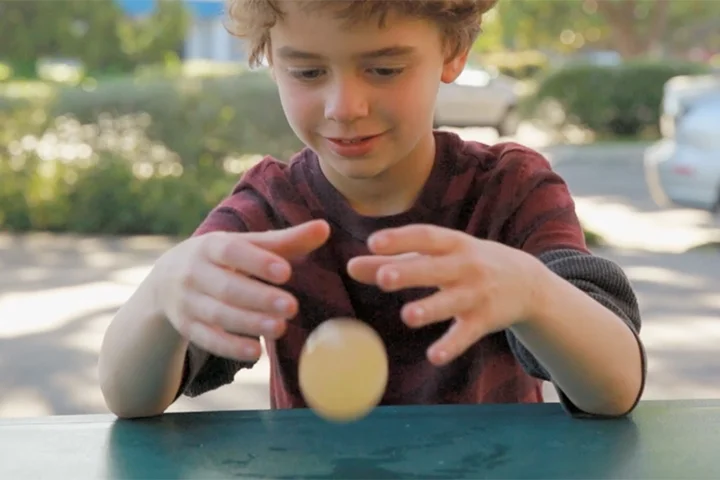
Get ready for an egg-citing and egg-ceptional food science experiment: “Bouncy Egg!” Prepare to witness the incredible transformation of a fragile egg into a resilient and bouncy marvel.
Learn more: Bouncy Egg
28. Extracting Strawberry DNA
Through this hands-on exploration, you’ll develop a deeper understanding of the structure and function of DNA, as well as the importance of DNA in all living organisms.
29. Lemon Volcano Experiment
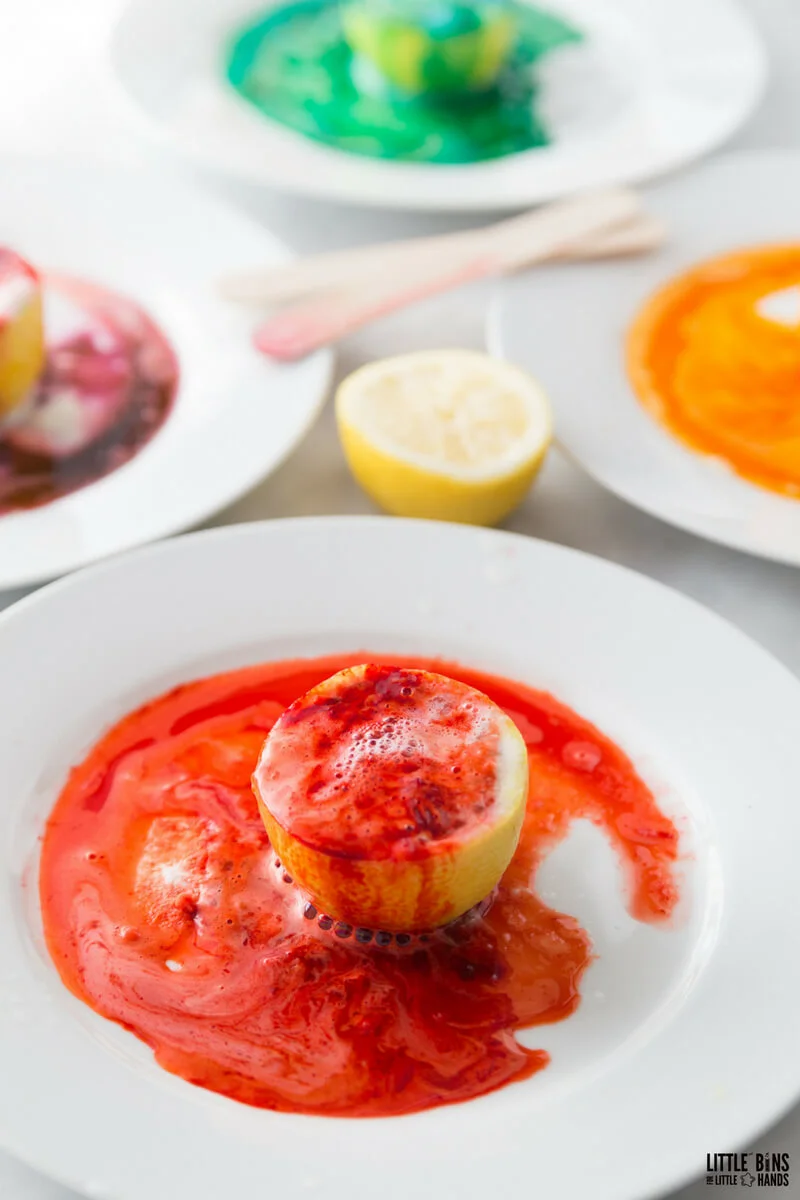
Calling all budding scientists and lovers of all things sour, this lemon volcano experiment is sure to leave you awestruck.
Learn more: Lemon Volcano Experiment
30. Electric Cornstarch
As you observe the cornstarch mixture respond to the electric current, you’ll gain a deeper understanding of the properties of matter and the interactions between electricity and materials.
31. Pop Rock Science
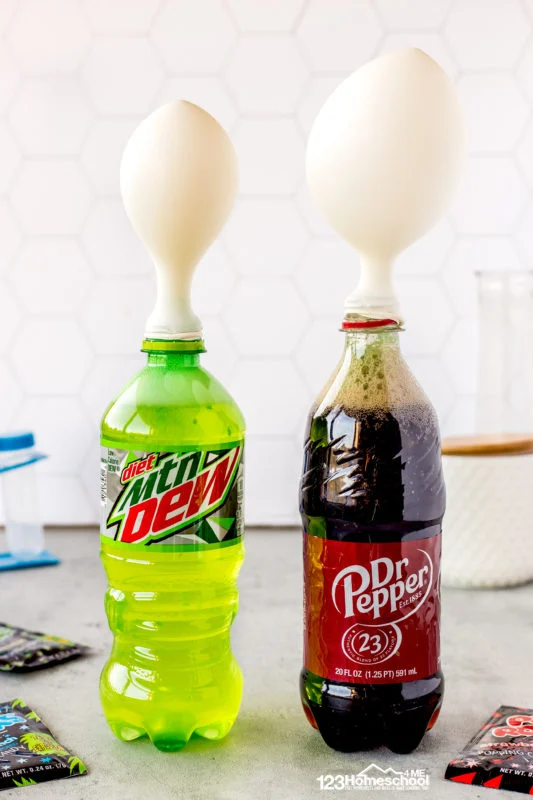
This hands-on experience not only offers a delightful sensory experience but also allows you to explore the principles of gas production, pressure, and the science of effervescence.
Learn more: Pop Rock Science
32. Frost in a Can
By using simple household materials, you’ll create your very own mini frost chamber that will transform warm air into a breathtaking display of frost.
33. Hopping Corn
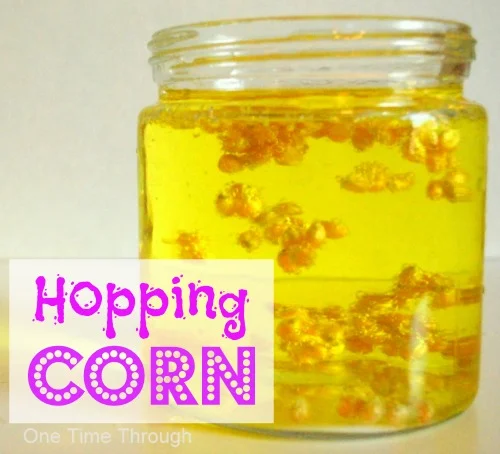
Get ready to witness a popping and colorful spectacle with this captivating Hopping Corn experiment. This hands-on experience combines the excitement of popcorn popping with a twist of chemical reaction.
Learn more: Hopping Corn
34. Digestive System Experiment
Using a plastic bag filled with water, bread, and calamansi juice, you’ll witness firsthand how our bodies break down and extract nutrients from our food.
This experiment visually represents the digestive process and introduces you to our digestive system’s intricate workings.
Candy Science Experiments
Sweeten your curiosity and unleash your inner scientist with the thrilling world of Candy Science! Brace yourself for an explosion of flavors, colors, and mind-bending experiments that will leave you craving for more.
35. Skittles Rainbow
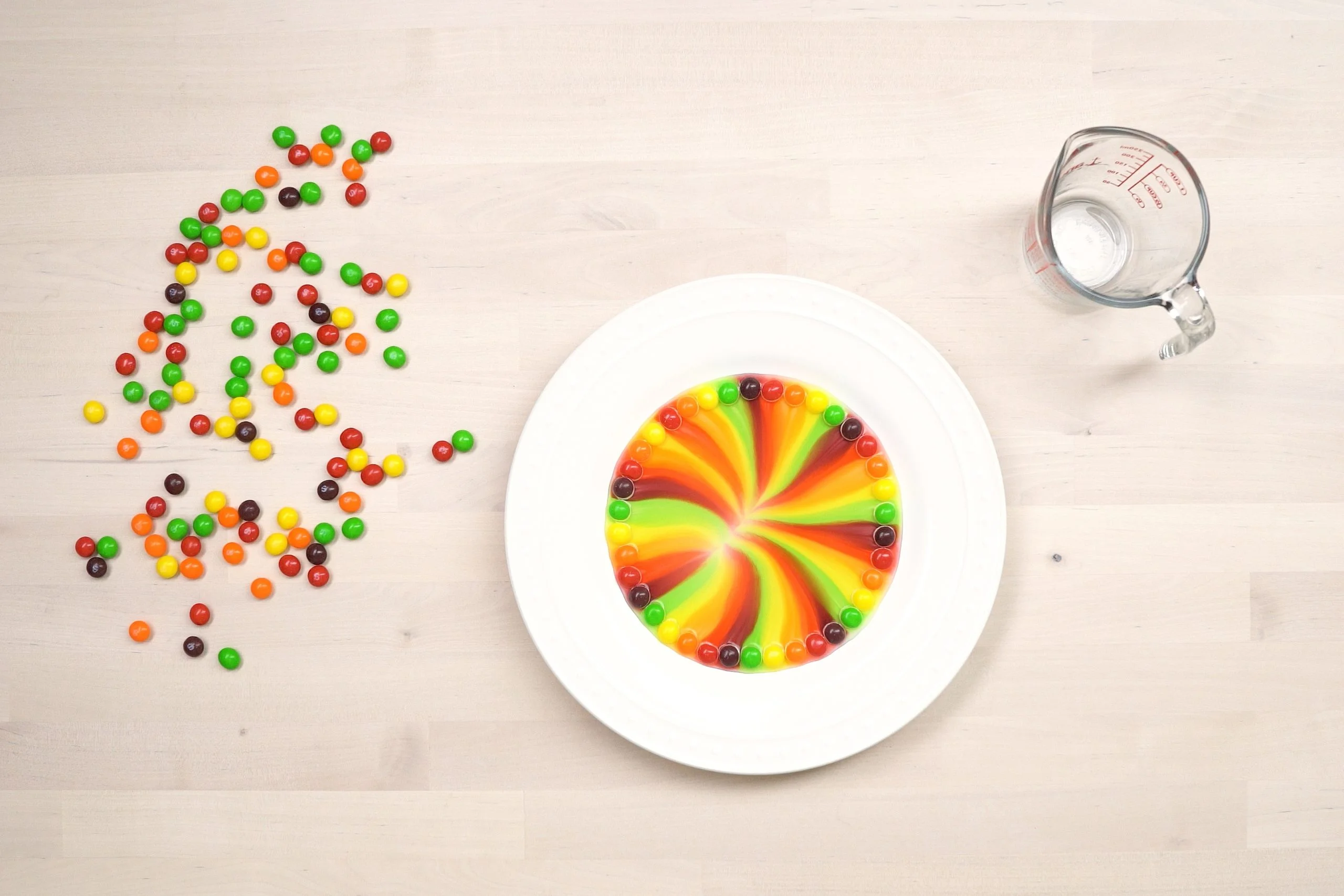
Prepare to unlock the secrets behind the mesmerizing phenomenon of color diffusion as you witness the magic of Skittles turning water into a vibrant rainbow.
Learn more: Skittles Science Fair Project
36. Home-made Fruit Gummies
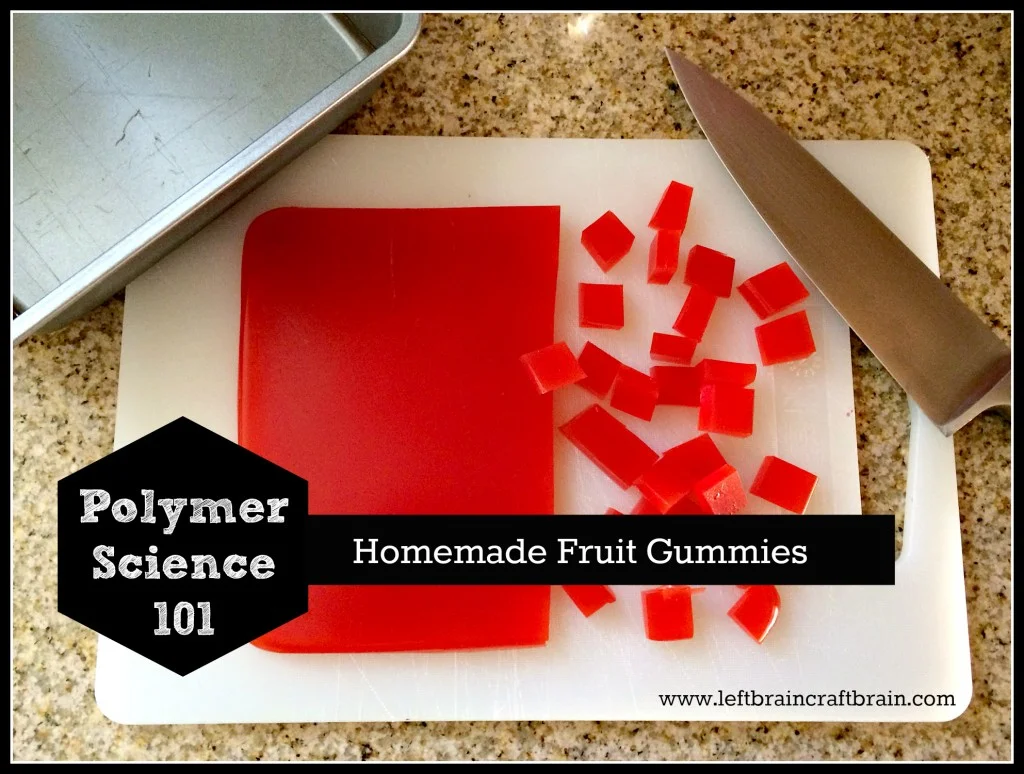
By combining fresh fruit juices, gelatin, and a touch of sweetness, you’ll create your mouthwatering gummy treats bursting with fruity flavors.
This experiment not only allows you to customize your gummies with your favorite fruits but also allows you to understand the principles of gelatinization, texture formation, and the chemistry behind gummy candies.
Learn more: Home-made Fruit Gummies
37. Candy DNA Model
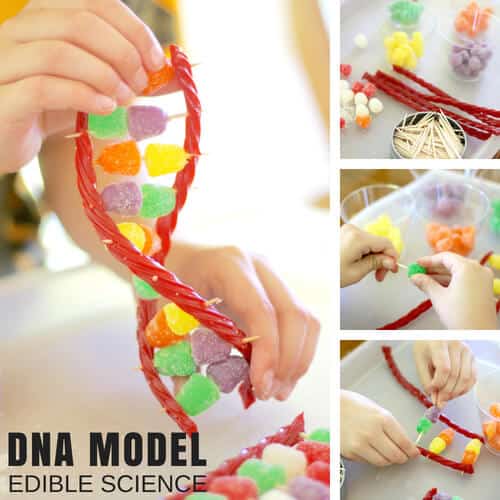
Get ready to unlock the sweet secrets of life with this fascinating Candy DNA Model food science experiment. This experiment offers a delicious and hands-on approach to understanding the fundamental structure of DNA.
Learn more: Candy DNA Model
38. Gummy Bear Science
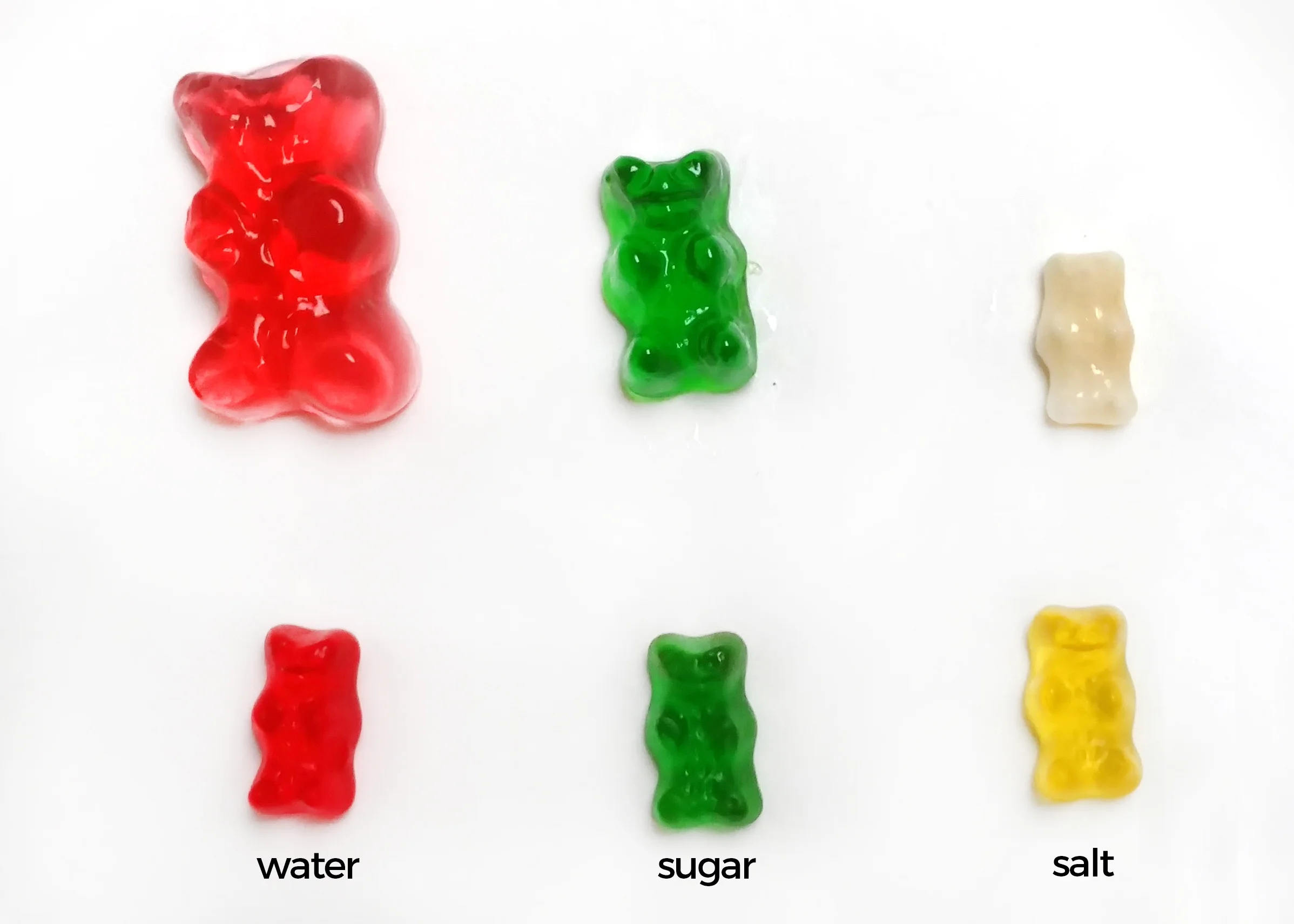
This experiment is a sweet and chewy opportunity to uncover the fascinating world of polymer chemistry and osmosis.
By immersing these beloved gummy treats in different solutions, you’ll witness the mesmerizing process of gummy bear growth and shrinkage as they absorb or release water.
Learn more: Gummy Bear Science
39. Candy Camouflage
In this exciting activity, your favorite M&M candy colors represent different predators in a simulated ecosystem. Your task is to pick the right candy color that will allow you to survive and thrive.
40. How to Make Sedimentary Rocks
This experiment not only provides a creative outlet for your imagination but also introduces you to the fundamental principles of geology and rock formation.
41. Home-made Fluffy Marshmallow
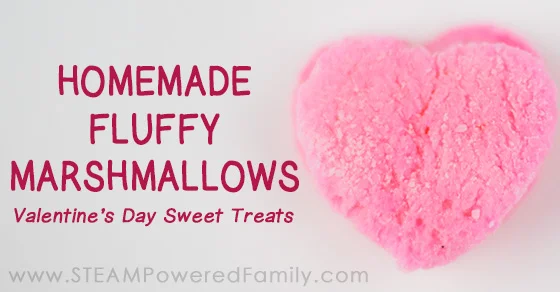
Grab your mixing bowls, roll up your sleeves, and let’s dive into the world of homemade fluffy marshmallows. Join us on this marshmallow-filled adventure and let your taste buds soar to sugary heights
Learn more: Home-made Fluffy Marshmallows
42. Making Lollipops
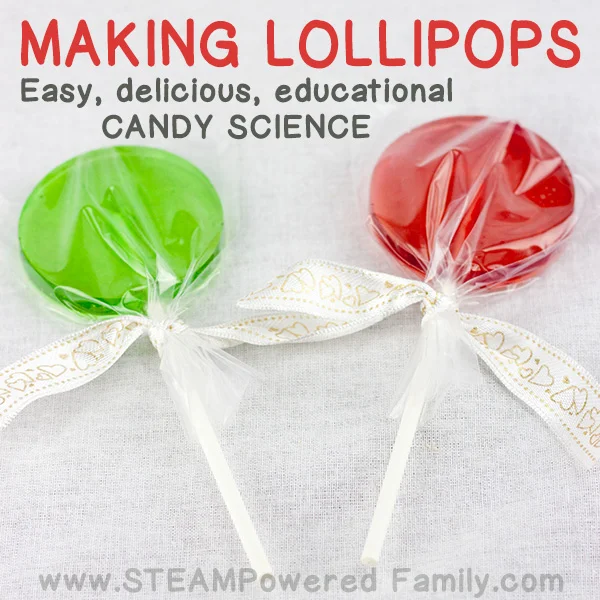
This experiment not only allows you to explore the principles of sugar crystallization, temperature control, and the art of candy making but also encourages imagination and sensory exploration.
Learn more: Making Lollipops
43. Candy Chromatography
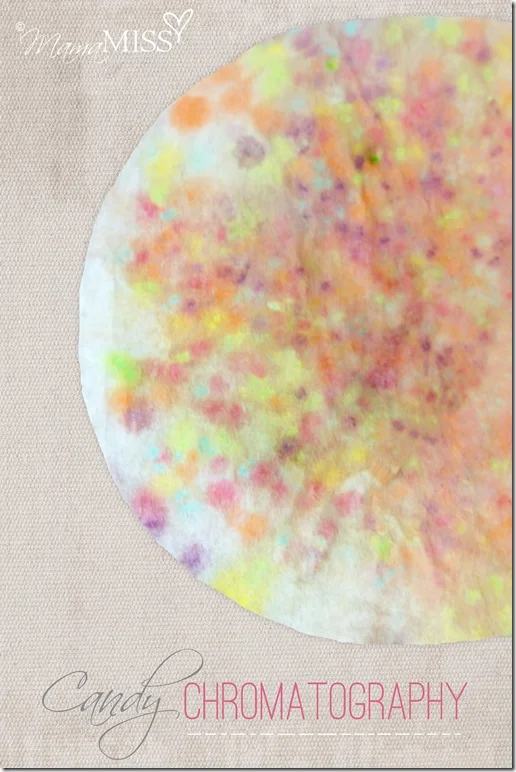
Get ready to unravel the colorful secrets of candy with this captivating Candy Chromatography experiment. This experiment will take you on a journey into the fascinating world of chromatography.
Learn more: Candy Chromatography
44. Dancing Worms
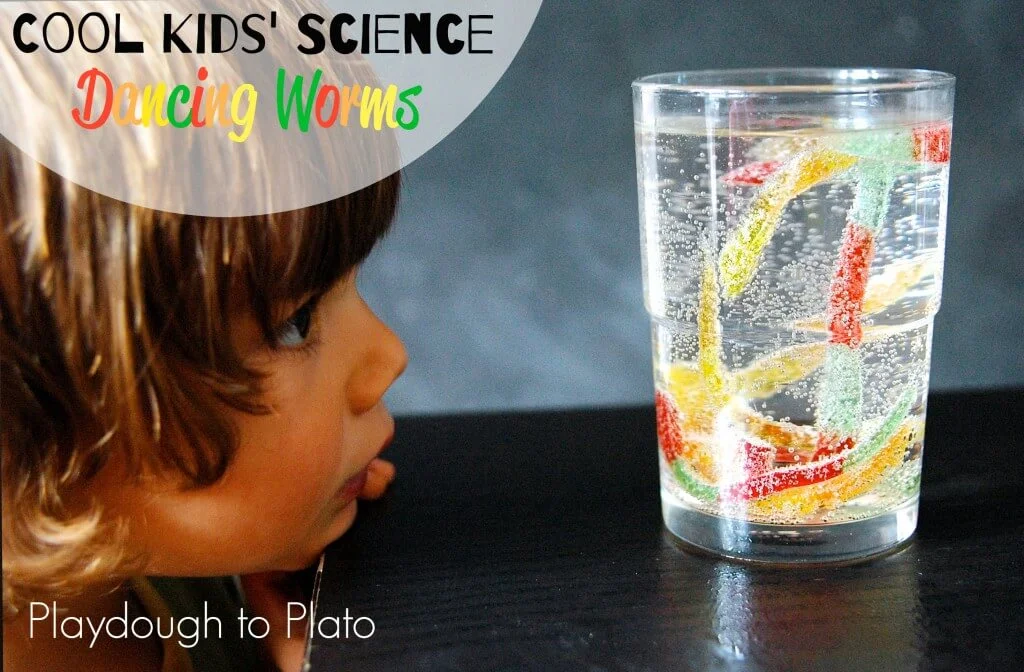
As you observe the worms twist, turn, and wiggle in response to their environment, you’ll gain a deeper understanding of how living organisms interact with their surroundings.
Learn more: Dancing Worms
45. Candy Atom Models
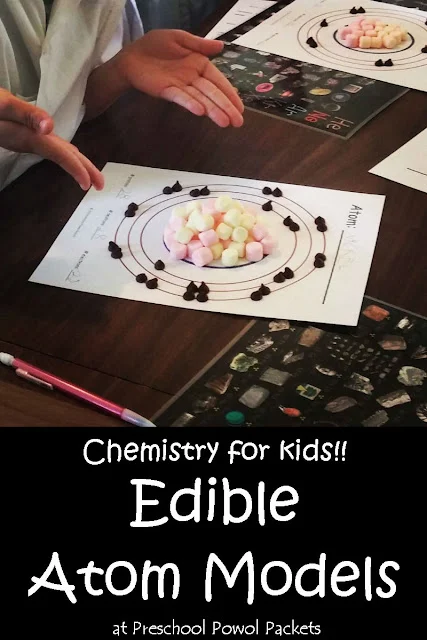
This hands-on experience offers a unique opportunity to explore the building blocks of matter in a fun and tasty way.
By using a variety of candies as representations of atoms, you’ll construct colorful and edible models that bring chemistry to life.
Learn more: Candy Atom Models
46. Kool Aid Rock Candy
Join us on this delicious and educational adventure, and let your taste buds and curiosity be delighted by the crystalline wonders of science. Get ready to taste the magic and witness the sweet transformation of sugar into dazzling rock candy crystals!
47. Starburst Rock Cycle
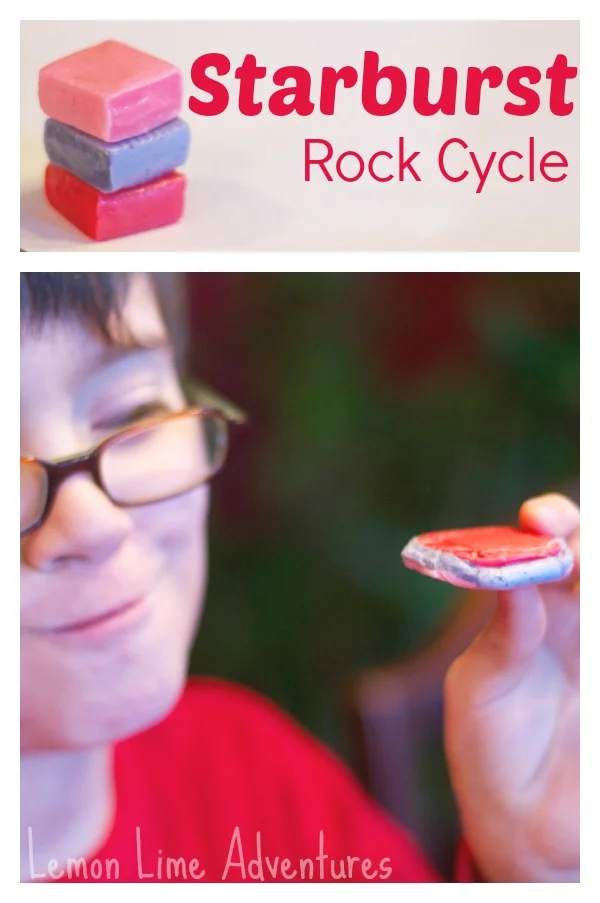
This hands-on experience offers a unique and mouthwatering way to explore the processes that shape our planet.
Learn more: Starburst Rock Cycle
48. Toothpick Bridge
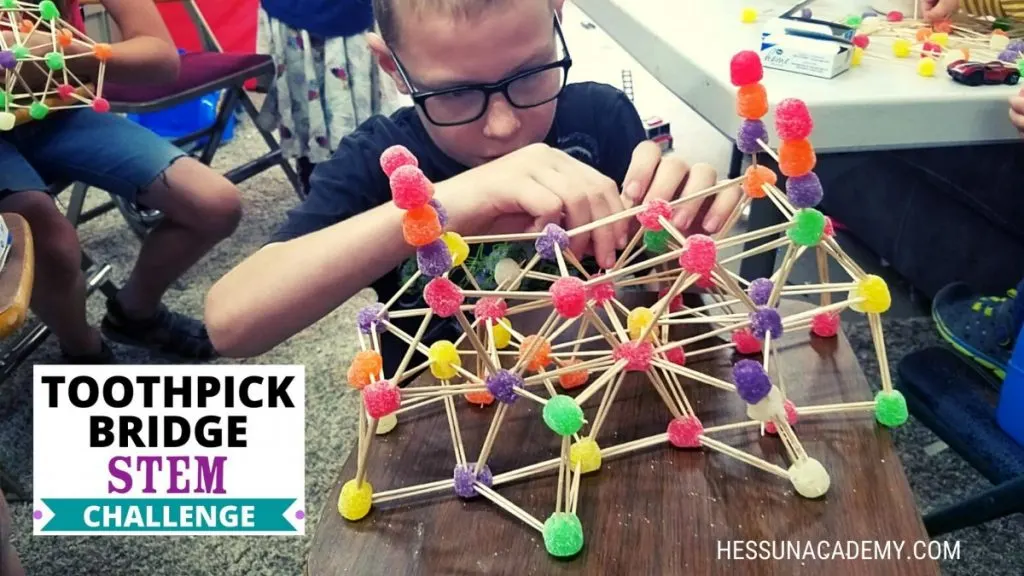
By engaging in this activity, students can gain valuable insights into the principles of structural engineering, including load distribution, stability, and balance.
Learn more: Toothpick Bridge
49. Candy Potions
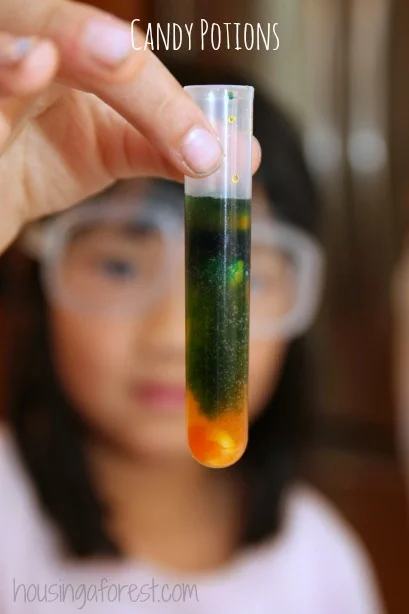
Get ready to mix magic and science with the captivating world of candy potions! This delightful food science experiment allows students to explore the wonders of chemical reactions while having a sweet and colorful adventure.
Learn more: Candy Potions

50. Dissolving Candy Canes
Get ready to explore the fascinating world of candy chemistry with the mesmerizing experiment of dissolving candy canes! This simple yet captivating food science experiment allows students to learn about the concepts of solubility and dissolution.
Similar Posts:
- 68 Best Chemistry Experiments: Learn About Chemical Reactions
- Top 40 Fun LEGO Science Experiments
- Top 100 Fine Motor Skills Activities for Toddlers and Preschoolers
Leave a Comment Cancel reply
Save my name and email in this browser for the next time I comment.
- Skip to primary navigation
- Skip to main content
- Skip to primary sidebar
Teaching Expertise
- Classroom Ideas
- Teacher’s Life
- Deals & Shopping
- Privacy Policy
Edible Science Experiments: 40+ Ideas For Ice Cream, Candies, Fruits, Drinks, And More
March 26, 2024 // by Katie Trethewy
Food is a great way to learn! For one thing, let’s be honest: kids love to eat! This makes food a great addition to any task that you want to get your learners excited about. Food also involves tactile elements that make lessons more memorable and hands-on. And when you get right down to it, food is all about science and chemistry! There’s no better way to introduce complex science concepts than to model them with food. So, what are you waiting for? Get your kids prepped to test out these 44 edible science projects—ready, set, eat!
1. Ice Cream in a Bag
In this science project, your students will learn how ice cream is made from milk, cream, vanilla extract, ice, and salt. Working in groups, they can “churn” the ice cream in a plastic bag, while an outer bag filled with ice works to freeze the ingredients. They’ll be learning about chemistry, working off some energy, and finishing with a sweet treat—what could be better?
Learn More: What Do We Do All Day
2. Pop-Rock Science Experiment
Attach a balloon filled with pop rocks candy to the cap of a one-liter soda bottle. Let the pop rocks fall into the soda and have your students watch (and try to explain) how the balloon inflates.
Learn More: 123 Homeschool 4 Me
3. Glow-in-the-Dark Jello
Have your students ever wondered how to make something glow in the dark? Have them try this experiment where they’ll make Jello that glows under a backlight; all achievable just by adding tonic water to regular Jello powder- who would’ve thought!
Learn More: Instructables
4. Making Fizzy Lemonade
In this experiment, your students will make their lemonade fizz by adding baking soda to the recipe to create a chemical reaction. Refreshing and enlightening!
Learn More: Learn with Play at Home
5. Edible Butterfly Cycle
This simple activity will help your kids visualize and better understand the life cycle of a butterfly by modeling it with treats! Give them all of the edible components and challenge them to create, and learn, a model before munching it away.
Learn More: Science Sparks
6. Animal Cell Cookies
No more boring textbook learning for your students! Instead, let them eat cookies to explore animal cells! Simple chocolate chip cookies will become memorable visual aids in helping them grasp the structure of an animal cell.
Learn More: Adventures in MommyDOM
7. Skittles Rainbow Density
Help your students make their own rainbow water with Skittles! This colorful experiment involves dissolving Skittles in water at different concentrations. Then, you’ll carefully put the colored water into a container so that your kids can see how the number of Skittles affects the water’s density.
Learn More: Gifts of Curiosity
8. Microwave a Peep
Learn about what heat does to marshmallow candies! For this experiment, you’ll simply place a marshmallow Peep in the microwave for a few seconds. First, have your students predict what will happen to the candy—then, conduct your experiment and see if they were right!
Learn More: LA Times
9. Exploding Watermelons
Help your students learn about kinetic and potential energy by making watermelons explode using only rubber bands! Your kids will wrap rubber bands around a melon until the pressure becomes too great and it explodes! Remember the safety goggles and helmets for this one.
10. Will It Melt?
Your students can improve their understanding of heat and melting points by leaving candies in the sun and seeing which of them melt! This is a good opportunity to have your kiddos practice making hypotheses before an experiment—and a creative way to use up any leftover candy that you have lying around!
Learn More: Playdough to Plato
11. Hot Cocoa and Melting Snowman Marshmallows
Your students can continue to learn about heat and melting in this experiment. Help them make hot chocolate with cold, warm, and hot water and give them different-sized marshmallow “snowmen”. Next, get your little scientists to predict and test which marshmallows will melt the fastest!
Learn More: Arts and Crackers
12. Edible Glass
Edible glass made from molten grains of sugar is a clever way to show your kids how real glass is made from molten grains of sand. Help your students create their own sheet of “glass” to illustrate the process.
Learn More: Go Science Kids
13. Gumdrop Bridge Challenge
Do your students think they can build a bridge with only gumdrops and toothpicks? Let them test their understanding of gravity, shapes, and materials in this hands-on experiment.
Learn More: Little Bins for Little Hands
14. Sugar Cookie Solar System
Invite your kiddies to learn about the solar system with sugar cookies! Get your students to decorate sugar cookies with different colors and features to replicate the planets in our solar system. This is a sweet way to help them remember the order of the planets!
Learn More: Simply Living Creative Learning
15. Solar Oven S’mores
Put the sun to good use in this illustration of solar power! Guide your students in making solar-powered ovens by lining pizza boxes with aluminum foil and sheet protectors. Then, have them place s’mores inside their “ovens”, place them outside, and watch them start to melt.
Learn More: Lemon Lime Adventures
16. Earth Structural Layer Cake
Want an interesting way for your students to understand the layers of the Earth? Bake a layered cake! A hemispherical cake with different-colored layers is a perfect illustration of the inside of our planet. Making the cake is a bit involved and does require some special baking pans, but it will result in a visual representation that your kids are sure to remember forever!
Learn More: Cake Crumbs
17. Gummy Fossil Experiment
Learn about fossils with food! Get your kiddos to make layers of “rock” by placing candies between layers of bread. Place books on top and leave for a few hours. Later, have them remove the books and see what has happened!
Learn More: Teach Beside Me
18. Sink or Float Candy
Gather up a range of candy bars and have your kiddos predict whether they will sink or float. Then, have them place the bars in water to test their theories!
Learn More: Reading Confetti
19. The Biology of Yogurt
Have your students ever wondered how yogurt is made? In this experiment, let them make their own yogurt and compare its taste to store-bought versions. This is also a great way to introduce the idea that “bacteria” isn’t necessarily all bad!
Learn More: Left Brain Craft Brain
20. Growing Gummy Bears
Think your students will enjoy watching gummy bear candies grow? In this experiment, your students can learn about osmosis by placing gummy bears in salted water and seeing what happens over time!
21. How to Grow Lettuce
Get green-fingered in class and grow some lettuce! It couldn’t be easier—your students will simply place a lettuce stalk into water and watch new lettuce roots form; an experiment that can easily fit into just about any natural science lesson on the plant life cycle.
Learn More: Laughing Kids Learn
22. Seeds in a Bag
Teach your students about seed germination—without even getting your hands dirty! Have them place beans and other seeds into a bag with wet paper towels. Over time, your kids will love watching them sprout.
Learn More: Life Over C’s
23. Edible Slime Extravaganza
Can you imagine the delight on your students’ faces when they get to eat the slime that they’ve just created? Whip up a few batches of these edible slimes using marshmallows and cornstarch. As your kids stretch and munch, share how this transformative process mirrors the changing states of matter in the universe around them!
Learn More: Taste
24. The Banana Aging Saga
Nature’s magic unfolds with the enzyme-powered journey of ripening bananas! Have your students predict and observe the intriguing differences that occur when a banana is placed in a bag alone or placed inside with different fruit. Through this, they’ll be able to delve deep into ethylene gas and its effects on fruit.
Learn More: Inspiration Laboratories
25. Candy Helix Wonders
Transform your classroom into a genetics lab, where colorful candies and toothpicks become the building blocks of life! Have your students create a DNA model using licorice and different colors of candy. They’ll get a chance to test themselves and reinforce their learning along the way—with a sweet treat to reward themselves at the end!
Learn More: ThoughtCo
26. Edible Geological Magic
Earth’s story, written in layers of rocks, is about to get a Starburst makeover! Guide your students to mold and meld these candies to replicate sedimentary, metamorphic, and igneous rock formations. With every bite, they’ll taste the wonders of the rock cycle.
Learn More: Simple Living Creative Learning
27. Marshmallow Constellation Creations
Transform your class into a cosmic playground! Invite your students to construct constellations using mini marshmallows and toothpicks. As they join these sweet stars, they’ll also be exploring the vast expanse of astronomy.
Learn More: YouTube
28. Zesty Power Stations
Help your kiddos unearth the electric potential of citrus fruits! Your students can use lemons or oranges to produce an electric current that they can measure using zinc and copper materials and voltmeters or multimeters.
Learn More: Jennifer Findley
29. Jelly Bean Sensory Odyssey
Embark on a blindfolded taste voyage where different jelly bean flavors become tantalizing mysteries. Through this sensory journey, your students will uncover the intricate connection between taste and vision; gaining a newfound appreciation for their palate.
Learn More: Childhood 101
30. Butter-Churning Chronicles
Travel back in time as your students shake heavy cream in a jar until it transforms into butter. Through this creamy adventure, they’ll unravel the magic of emulsion and come to an understanding of how ancient civilizations turned liquid to solid gold (or at least, buttery gold).
Learn More: Steamsational
31. Geode Culinary Artistry
Merge geology with culinary arts as your students craft shimmering, edible geodes using sugar, food coloring, and gum paste. As they savor their creations, lead them through a discussion on the wonders of crystal formations and nature’s artwork.
Learn More: STEAM Powered Family
32. Chocolate Chip Earth Extravaganza
Venture deep into the Earth, using chocolate chip cookies as your terrain! As your students excavate chocolate chips from cookies, representing mining for ore, they’ll discover the environmental intricacies and impacts of mining.
Learn More: The Science Site
33. Popcorn’s Popping Mysteries
Your students have probably all had popcorn before—but have they ever treated it as a science experiment? As a class, talk about how and why popcorn kernels pop. Then, get your kids to form and write down hypotheses about how the popping process will unfold—does all popcorn pop the same way and at the same time? Will the same amount of kernels yield the same amount of popped corn each time? Lastly, pop away! Make a few batches of popcorn together and get your students to record their results.
34. Taffy Transformation Tales
Join your students on a candy-making escapade- demonstrating the fascinating changes in physical properties. Making salt water taffy with your kids is a simple, and fascinating way to observe the effects of temperature and torsion. Mix up sugar, water, and corn syrup to make the candy. Then, let your kids pull and fold the mixture until you get the desired results!
Learn More: That R e cipe
35. Amber Time Capsules
Transport your students millions of years back with edible amber fossils crafted from Jell-o and gummy insects placed inside plastic egg shells. By inserting the “insect” into partially set Jell-o, they’ll be replicating prehistoric creatures getting trapped in soft tree sap.
Learn More: Education
36. Bagged Bread Bakery
Transform your classroom into a bustling bakery! As your students knead and observe their homemade bread rising in a bag, they delve deep into the magic of yeast and the ancient art of fermentation. Once complete, bake the dough and invite your kiddos to savor the taste of fresh bread.
Learn More: Chapman University Blogs
37. Spaghetti Skyscrapers
Challenge your students to don their architect hats! Using uncooked spaghetti and marshmallows, let their creativity shine as they construct towering skyscrapers and sturdy bridges; all while delving into the heart of engineering principles and the physics of balance.
Learn More: Make Fun Creating
38. Sweet vs. Sour Sensory Exploration
Dive deep into a taste-testing adventure with your little learners! Using sweet, sour, bitter, and salty liquids, your students will learn about taste buds and where they’re placed on our tongues. They’ll be amazed at the underlying science of taste!
39. The Stretchy Secrets of Bubble Gum
Gum is fun, inexpensive, and easy to find—and lends itself well to plenty of experiments! Get your students to hypothesize, and then conduct taste tests, bubble-blowing contests, and flavor-staying tests. This is an easy way to get them to practice making scientific predictions and observations.
Learn More: Sciencing
40. Cheese Making Chronicles
With this experiment, your learners can explore what turns liquids into solids. Guide them on a culinary expedition where they can watch acidic citrus juice curdle milk, revealing the fascinating science hidden behind one of everyone’s favorite dairy delights- cheese!
Learn More: Cool Science
41. The Melting Moments of Chocolate
There’s more to melting chocolate than meets the mouth! Gather a variety of types of chocolate—bars, candy-coated chocolate, wrapped, unwrapped, etc—and have your students predict which ones will melt first. Then, place the chocolate under a heat source and have your kids record their observations to test their hypotheses.
Learn More: Owlcation
42. Marshmallow Density Dilemma
Challenge perceptions of weight and size with this next idea! Using marshmallows and various liquids, your students will be able to investigate density principles as they make scientific predictions along the way.
Learn More: How Things Work Science Project
43. Celery’s Colorful Capillaries
Nature’s drinking straws revealed! By placing celery stalks into colored water, your students will witness the wonder of capillary action, observing how plants absorb and transport nutrients. Afterward, have them enjoy a healthy snack that’s colored differently from how it would normally appear!
44. Chocolate Geology Gems
Turn chocolate chips, white chocolate, and milk chocolate into a geological gourmet experience! Help your students use chocolate to model the rock cycle, with melted chocolate symbolizing lava and chocolate shavings representing erosion and sedimentary rock.

- Science Notes Posts
- Contact Science Notes
- Todd Helmenstine Biography
- Anne Helmenstine Biography
- Free Printable Periodic Tables (PDF and PNG)
- Periodic Table Wallpapers
- Interactive Periodic Table
- Periodic Table Posters
- Science Experiments for Kids
- How to Grow Crystals
- Chemistry Projects
- Fire and Flames Projects
- Holiday Science
- Chemistry Problems With Answers
- Physics Problems
- Unit Conversion Example Problems
- Chemistry Worksheets
- Biology Worksheets
- Periodic Table Worksheets
- Physical Science Worksheets
- Science Lab Worksheets
- My Amazon Books
Edible Science Projects and Food Experiments

Edible science projects are a great avenue for kids (or even adults) to explore science experiments safely. Learning key concepts is so much better when you get to eat the fruits of your labor!
Candy Science Experiments
These science projects are meant to be eaten. For the most part, they involve chemical reactions.

- Baking soda
- Citric acid
- Corn syrup or honey
Baking soda (a base) reacts with citric acid (an acid), producing carbon dioxide bubbles that the candy coating traps. Saliva dissolves the candy, releasing the gas with a cracking sound. It’s a fun candy recipe that works because of chemistry.

Fizzy Sherbet Powder
- Powdered sugar
Fizzy sherbet is a candy, as opposed to American sherbet, which is more like ice cream. Baking soda and citric acid provide the fizz, just like in the Pop Rocks recipe, except you simply mix ingredients rather than cook them into a hard confection.

Edible Slime
- Ingredients depend on the recipe
There are several methods of making slime you can eat. The version that mixes water, psyllium husk, and sugar forms a translucent slime. Meanwhile, combining marshmallows, corn starch, and cooking oil gives you an opaque slime. Choose your adventure.

Instant Slushy
- Juice, soda, or a soft drink
- Baggie containing ice and salt
This project demonstrates how phase changes of matter absorb or release energy. In this case, ice absorbs energy from its surroundings as it melts into water. Salt keeps this water from refreezing back into ice because of freezing point depression. But, there is enough heat absorbed from the environment that it turns a regular drink into a slushy partially-frozen one.

Ice Cream in a Baggie
- Half-and-half or cream
Similarly, the salt and ice “trick” also freezes an ice cream recipe. You don’t even need a freezer. If that is not cold enough for you, try one of the science ice cream recipes using dry ice or liquid nitrogen!
Crystal-Growing Edible Science Projects
Crystals are purified molecules and compounds, so there are not very many of them that are actually edible. Your best bet is crystallizing sugar from something sweet, like sugar solution, maple syrup, corn syrup, or honey. Salt is also edible, although probably not that tasty. In all cases, eat the results of these projects in moderation.

Rock Candy (Sugar Crystals)
- Stick or a cotton string
Unlike most crystals, sugar takes up food coloring and flavoring. This is the classic edible science project for kids!

Salt Crystals
- Salt (any table salt, including sea salt, kosher, iodized, rock salt, etc.)
Salt grows beautiful clear cubic crystals. Growing large crystals takes some time, but smaller ones grow quickly.

Maple Syrup Crystals
- Maple syrup
While sugar crystals are naturally colorless, maple syrup crystals often retains an amber hue. If you don’t have any maple syrup, try regular pancake syrup, honey, corn syrup, or molasses. Compare the crystals you get.
Edible Color Change Science Projects
Most edible color-change projects rely on pH indicators. These are compounds that display different colors depending on how acidic or alkaline conditions are. Red cabbage juice is a well-known edible (if not yummy) pH indicator, but many fruits juices also change colors, too.

Color Change Drinks
- Butterfly pea flowers (available from Amazon or as a tea in grocery stores)
- Any drink that is nearly colorless
First, you steep the butterfly pea flowers in a bit of hot water and extract their color. Then, you add this nearly flavorless coloring to your beverage. At neutral pH, the color is blue. Under acidic conditions, you get pink. Purple represents an intermediate pH. Add lemon juice and increase acidity. A tiny bit of baking soda decreases acidity. The project shows how you get all three colors in a homemade lemonade drink.

Sugar Density Column
- Food coloring
In this project, you control the colors by adding food coloring to different mixtures of sugar and water. The solution with the most sugar is the most dense and sits at the bottom of a container. Pure water with food coloring is the least dense and is at the top. Make as many other colored solution between these two layers for a rainbow density column. Technically, it’s an edible science project, but very, very sweet.
Science Projects With Edible Ingredients
You don’t want to eat these projects, but you can indulge in the extra supplies that you don’t use.

Candy Chromatography
- Colored candies
- Coffee filters
Explore the different pigments in candies using paper chromatography. The different molecules move through a filter at varying rates due to their sizes and other properties. It’s also a fun introduction to color theory. Hint: Purple candies contain multiple dyes to get their color.

- Small soft candies
- Toothpicks or licorice ropes
Assign bases to candy colors and match them up into base pairs. Connect them to each other using licorice, toothpicks, or honey.
Related Posts

IMAGES
COMMENTS
Apr 25, 2024 · Edible Food Science Experiments. Edible food science experiments offer a delicious and engaging way for students and teachers to explore scientific principles in a hands-on and memorable manner. By combining the fascinating world of food with the principles of chemistry, biology, and physics, these experiments provide a unique avenue for ...
Nov 8, 2021 · 13 Tasty Food Science Experiments! With food science projects and experiments, students measure, mix, cook, bake, and investigate the importance of specific ingredients, the science of mixtures and solutions, and the chemical reactions that may occur when ingredients are combined, heated, shaken, or frozen.
Blend science and culinary arts with cooking and food science experiments. Explore taste, nutrition, and food chemistry.
Jul 29, 2024 · Food Experiment. Physics can seem like a daunting thing to teach elementary age kids, but with these fun food science experiments kid will not only WANT to learn, but will remember it too! Edible Playdough Candy Corn Activity from 123 Homeschool 4 Me. This is a great activity for kids to see how melting something changes it from a solid to a ...
Mar 26, 2024 · This makes food a great addition to any task that you want to get your learners excited about. Food also involves tactile elements that make lessons more memorable and hands-on. And when you get right down to it, food is all about science and chemistry! There’s no better way to introduce complex science concepts than to model them with food.
Jul 16, 2024 · Edible science projects are a great avenue for kids (or even adults) to explore science experiments safely. Learning key concepts is so much better when you get to eat the fruits of your labor! Candy Science Experiments. These science projects are meant to be eaten. For the most part, they involve chemical reactions.